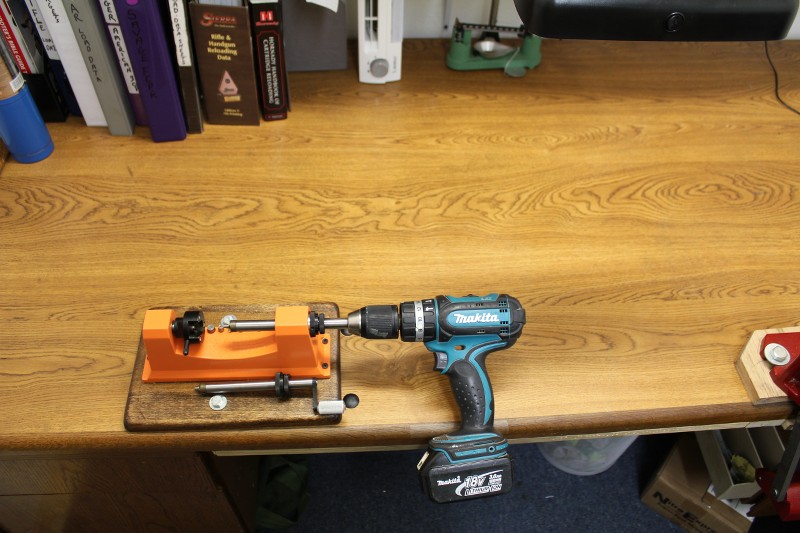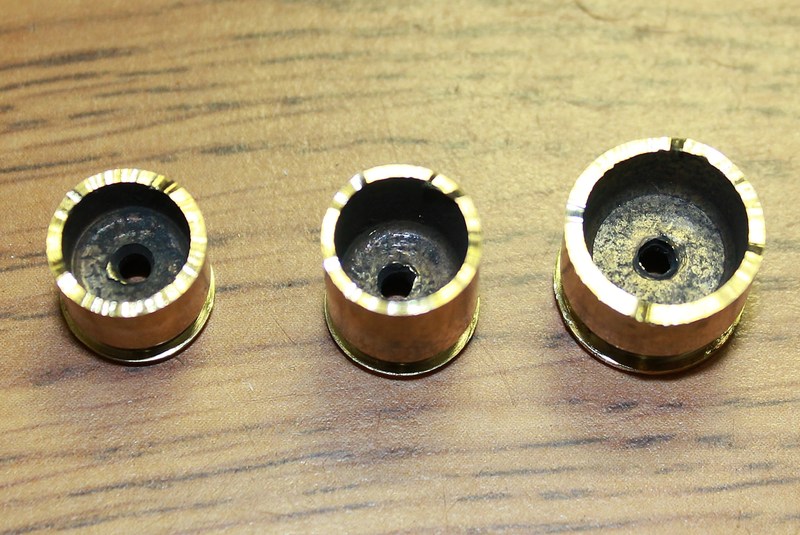Wendy,
You are incorrect about the
SAAMI standard for the 260 Remington cartridge. It calls for a case length of 2.035" with a tolerance of -0.020". This will produce a case length range of 2.015"–2.035". So at 2.020", your Lee trimmer is trimming them to +0.005" over the SAAMI standard minimum, and –0.015" under the SAAMI standard maximum. So you are not outside of SAAMI standard dimension range at all.
Normally, the ideal "trim-to" length is taken at the half way point between the SAAMI standard minimum and maximum and you see that midpoint number published in load manuals; in this case 2.025". By aiming for the midpoint, you allow the trimmer to produce up to ±0.010" variation without taking the case out of spec. However, the Lee trimming method is much more consistent than that, so Lee goes ahead and gets closer to the minimum, giving you more room for the case to grow before you have to trim it again. In other words, it's set there to save you from trimming more often than necessary.
In point of fact, even the SAAMI numbers are not absolute and can be replaced by those that match a specific chamber size more closely. They are designed so the case mouth won't reach the end of the chamber, and yet the neck still has enough grip on short bullet bearing surfaces without having to push the short bullet in so far that its jump to the lands is larger than intended by the designer. But if your bullets are not short boattails or you are not seating bullets out where very little neck grip is left on them, then that minimum neck length is not a governing number, but only an advisory number. Indeed, for M1A match rifles, when they were still king at the National Matches for service rifle, a lot of competitors used to trim cases an extra 0.010" to 0.020" below the SAAMI standard minimum for the 168 grain match bullets (plenty of bearing surface). The did this because they knew the gun would stretch the brass 0.005" to 0.010" at each firing and also the brass would have to be retired in just four or five reloadings because of pressure ring thinning. By trimming new cases that short, they never had to trim the brass again before it had to be scrapped. So it saved them time. Service rifle matches are a type of position shooting, not benchrest, so they never saw any significant effect on accuracy from the small bullet grip inconsistency caused by having that range of neck length variations.


